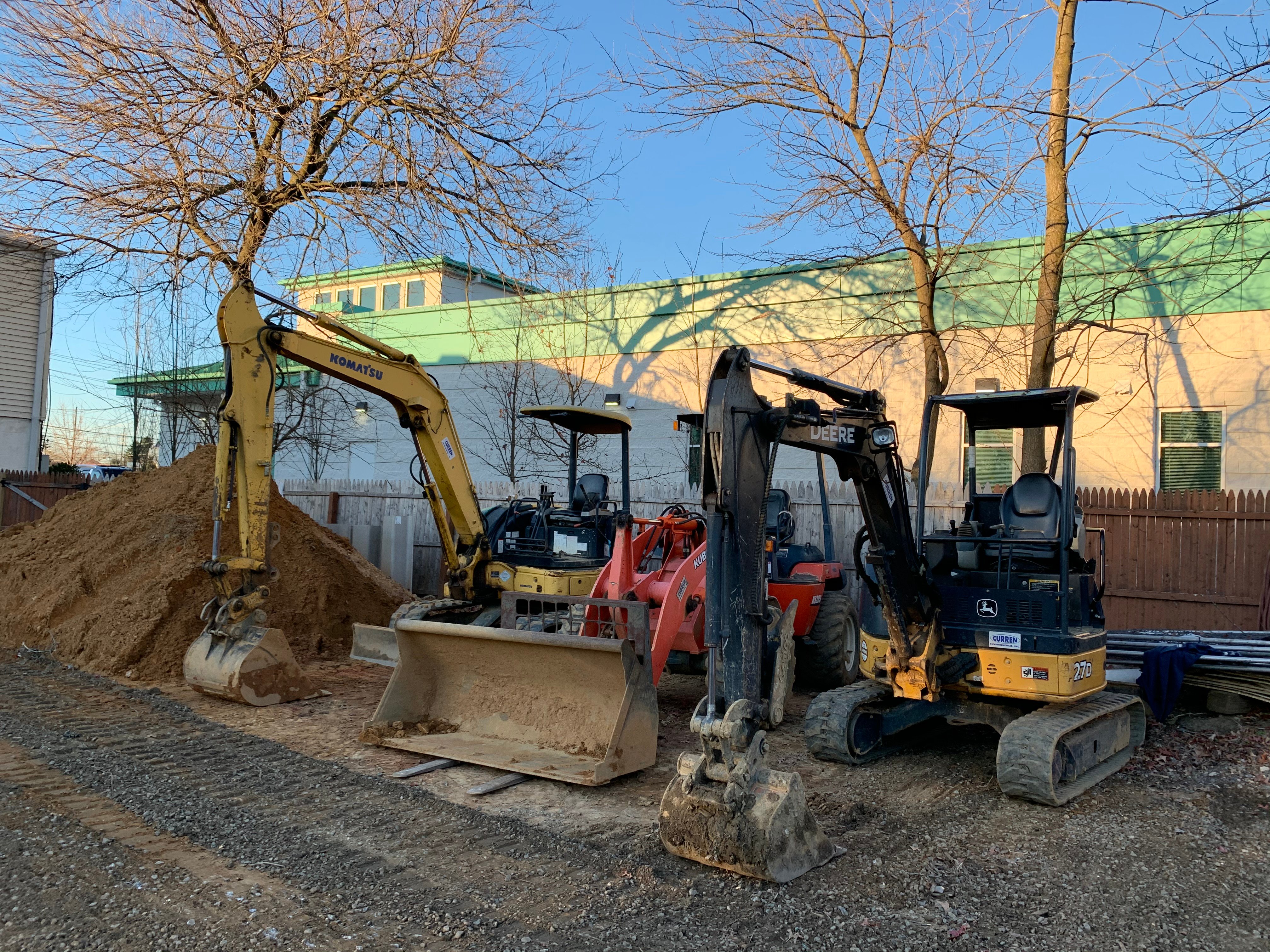Understand the process of a tank sweeps and what happens after a tank sweep.
The best situation regarding a tank sweep is finding a tank, therefore it can be removed and soil tested to prove that no soil remediation (cleanup) is required. 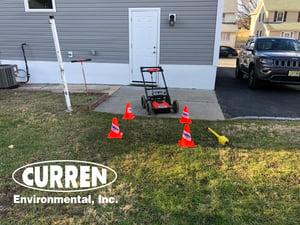
A hidden or an underground oil tank is a major financial liability when buying a home, because rust never sleeps and oil leaks from the tank. Soil remediation from leaking oil tanks can easily cost into the tens of thousands of dollars. A tank sweep of any property is always recommended unless you can document the site never had oil heat, unfortunately older homes had oil heat since it was the only option after coal use.
Should I buy a house with an underground oil tank?
An underground oil tank can make a home harder to sell or worth less to a potential buyer, how does a $32,000.00 oil tank cleanup ding the value of a home? How about a cleanup over a $100,000? They happen as well. A known oil tank can also increase the chances of complications with getting to the closing table and the home sold. Mortgage lenders are wary of buried oil tanks and may refuse to lend on a home with an underground tank. Appraisers and insurance companies may also flag the tank as a liability and want it addressed.
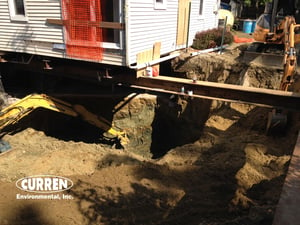
What is the life expectancy of an underground oil tank?
The average life of a UST is about 20 years (if you bought a middle of the road tank today, that is your warranty.) However, with the tank buried, other factors will influence the lifespan of underground tanks, including the gauge of its steel, geology, corrosivity of the soils, etc.
FACT: most tanks were used past their design life expectancy and left in the ground unused past their life expectancy as well.

How do you manage the liability with an oil tank?
The liability of an oil tank pertains to leaks that occur and the state mandated cleanup of the oil leaks. The best situation regarding a tank sweep is finding a tank so it can be removed and tested to prove that no cleanup is required.
What happens if the tank sweep does not find a tank but points to a tank being removed?
This is not your best scenario because now you do not know if the tank leaked or where the tank was located. Clearly not finding a tank means your investigative work is not complete, because you do not know if the tank leaked. Tank sweeps cannot find removed tanks, so you are tasked with historical research on who removed the tank. So you will be tasked with doing soil borings with laboratory testing to ensure there is not residual oil contamination from the removed tank.
The best approach is to assume the tank leaked until proven otherwise.
Bottom line you have to make an effort to find where the tank was located. Sometimes owners get a conscience and will admit that a tank was removed, they just did not think that knowledge was relevant at that time. Sometimes a tank sweep can point to a likely area of where the tank was located.
We had a case where an owner removed their own tank in the backyard without a permit. They eventually were going to sell the home and did not want the tank as an issue. The final cleanup was around $40,000. Someone admitting to a bad thing is not common, but we do see it happen.
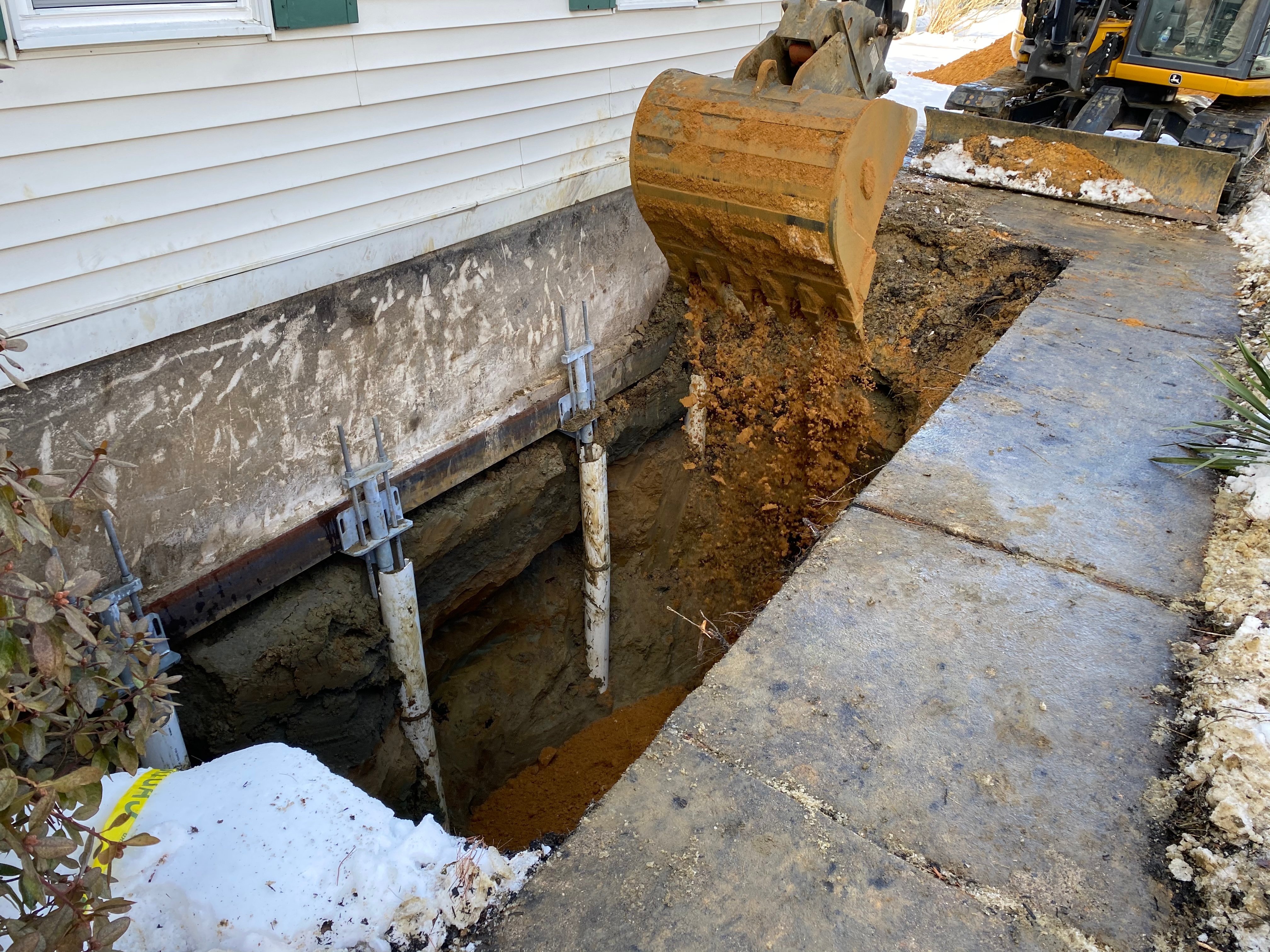
Sometimes we can find the tank grave, other times we have to do a grid of soil borings in the suspected area to try and find the tank grave and to test soil. 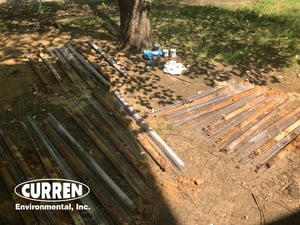
Tank sweeps that point to a removed tank will lead to soil testing in the area of the removed tank, unless of course a report exists of the tank removal with testing and a clear statement that the tank did not leak. Best case you find no contamination, worst you find contamination, which is reportable to the state and further work would be necessary.
The following two photos show where a tank was removed 20 years ago, so we had to do soil borings to evalaute for oil. One of the two sites had oil contamination, do you know which one?
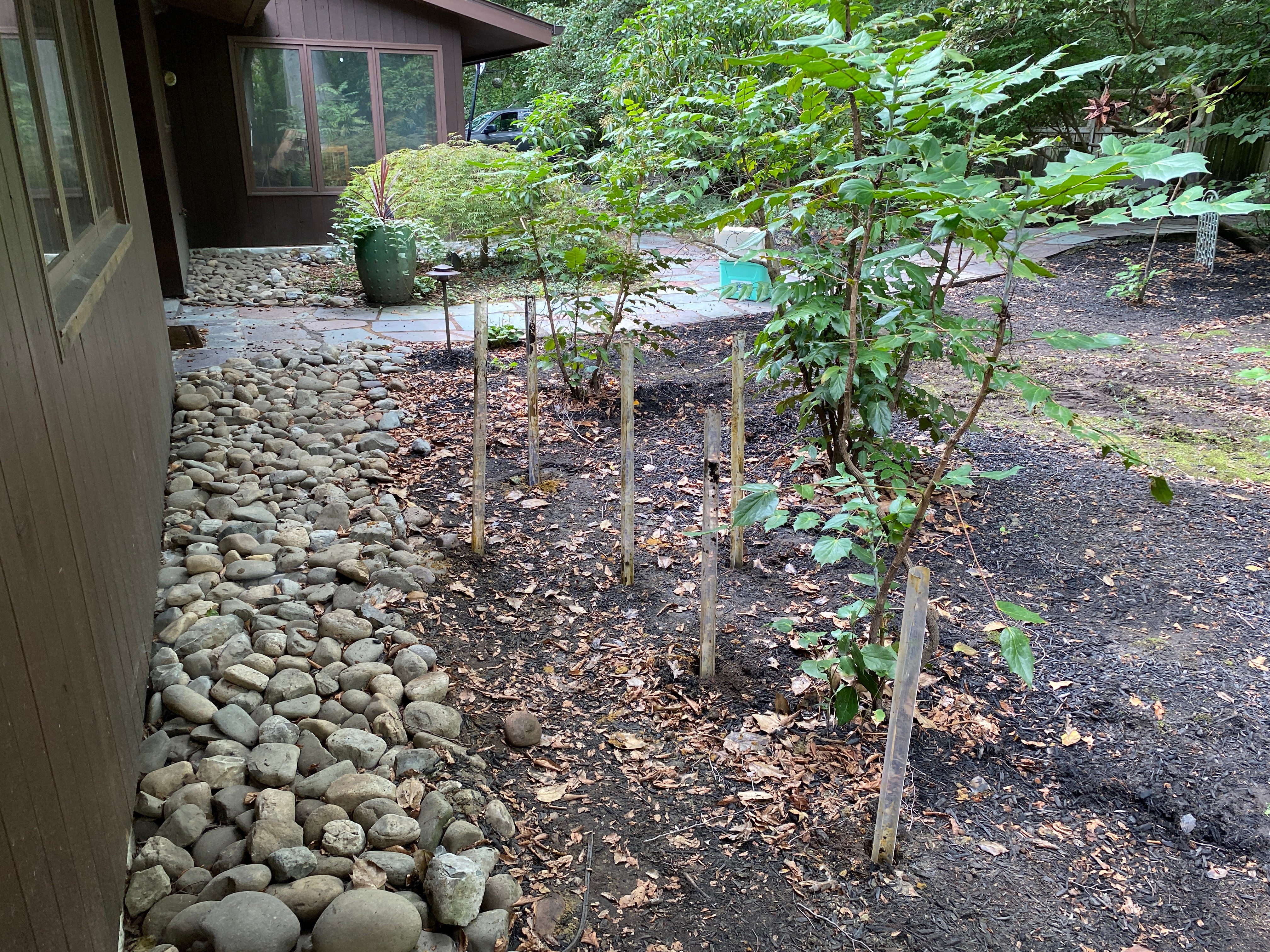
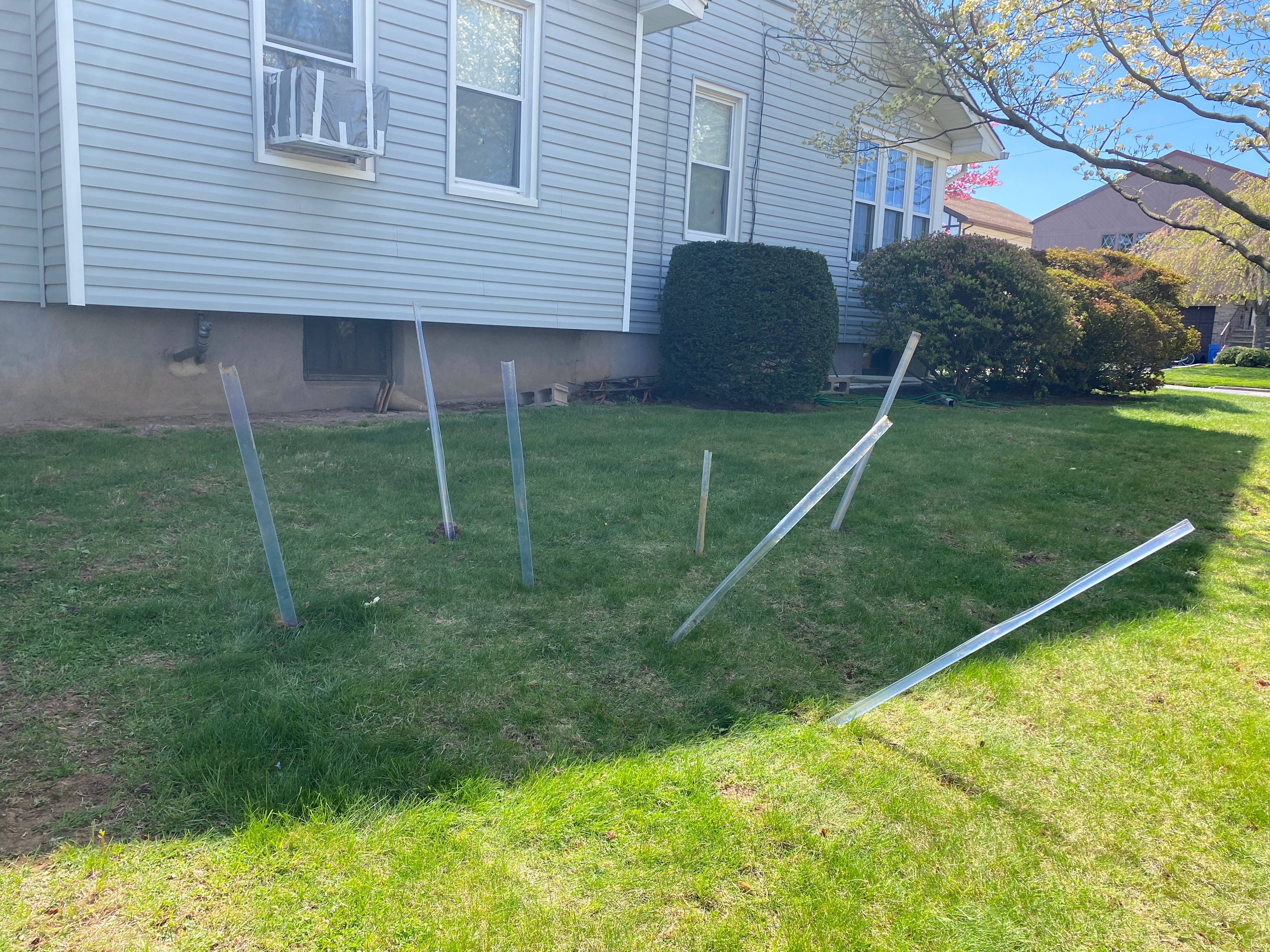
Be aware there have been many tanks that were removed, that leaked and were not cleaned up. Owner hoped no one will look or test the area. If you don't have a report that includes laboratory data saying the tank did not leak, you don't have what you need to remove the liability of the tank.
What about if a tank sweep finds a tank?
Well if the tank was not previously disclosed it is news to both buyers and sellers. And since no one knew about the tank, the tank needs to be removed and tested.
What about if a tank sweep finds a tank, can I test the tank?
Realistically, since you will not be using the tank, (ever) the smart move is to remove the tank and test soils where the tank was removed from. Soil borings can cost almost as much as tank removal and you cannot test under the tank so you will not be $100%. You can have contamination under the footprint of the tank which can require remediation. To be fair if you have contamination under the tank depending on where the tank is located, you won't have a $40,000 cleanup, but you could spend $5000 to $10,000.
What about if a tank sweep finds a tank, can you pivot and then tell me if the tank is leaking?
Tank sweeps use mobile radar units (see below photo on the left). These units are carried in a SUV. To perform soil borings you need a drilling unit which is carried on a trailer and towed by a pickup trucks (see photo on the right). Both pieces of equipment are over $50K and are not brought to a tank sweep typically as you do not know if you will need to drill and if you read the above question you can see why removal is better. In addition every state requires that you obtain a underground utility markout before you drill or dig, this can take 3 to 4 days and is not obtained for a typical tank sweep. You also typically do not have permission from the property to drill on their property, tank sweeps are non invasive.
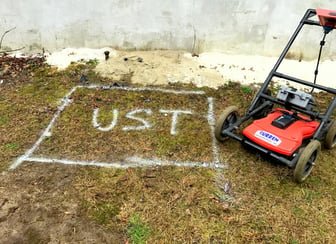
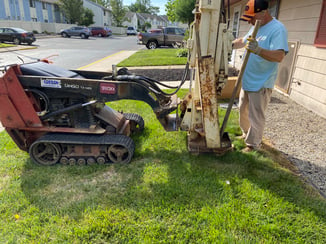
Need to learn more about tank sweeps? Click here.
